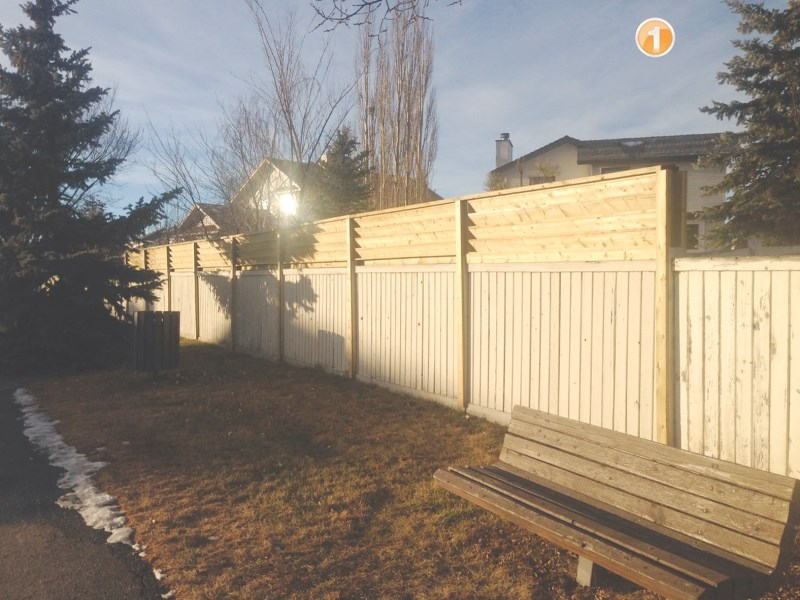The city will soon be free from a piece of provincial fence legislation that has been around since 1834.
The Line Fences Act provides a procedure for resolving disputes between neighbouring properties related to ‘line fences,’ or fences marking the boundary between properties.
Under the act, the adjoining neighbours of a property owner who wish to build a line fence can be required to split the costs of purchasing and installing a fence, regardless of whether they desire the fence, lack the financial resources to pay, or even if the property owner wishes to replace a structurally sound fence.
During a line fence dispute, three “fence-viewers” view the properties and issue a decision on cost division between property owners, which is typically, but not always, a 50-50 split.
Council committee endorsed a proposed bylaw exempting the city from the act’s provisions Monday evening, barring section 20, which sets out the responsibilities of property owners adjacent to former rail lines.
“The intent of the act, when it was originally put in place, was for farmlands, so … where the properties have extensive property lines and where both owners would benefit from a fence because it would sort of contain and house and protect the livestock,” explained the city's manager of legislative services, Shawn Crawford. “It really is not applicable in an urban municipality such as the City of Orillia.”
Crawford said city staff have about 15 discussions per year with residents regarding their fences over the past five years, which has escalated more than sevenfold over previous levels.
A staff report attributes the increase in line fence discussions to increased development in the city.
If the adjoining neighbour refuses to pay, their portion of costs for the fence may be collected in the same manner as taxes.
“Many residents have been upset with the city staff over the years about the lack of flexibility on the Line Fences Act because, basically, those residents – even if they don’t want the fence to go up – they have no choice but to pay or have the costs added to their tax roll,” Crawford said.
The staff report states adjoining property owners “typically cooperate” with the act when they understand they will be required to pay for a fence viewing, and that no fence-viewer arbitrations have had to take place in over ten years.
Staff also recommended approving the bylaw to save staff time resolving line-fence disputes, whether formally or informally.
Coun. Jay Fallis asked how line fence disputes will be resolved between property owners moving forward.
“What is the process if someone's dealing with that issue?” he asked.
“It is certainly between the two neighbours to try to address it themselves, so the city would be out of that completely,” answered Crawford. “If the neighbours aren't able to resolve it, then that one owner that wants to erect the fence would have to incur the cost to do it."
Decisions made at Monday’s council committee meeting will need to be ratified at the next council meeting (Oct. 3).
